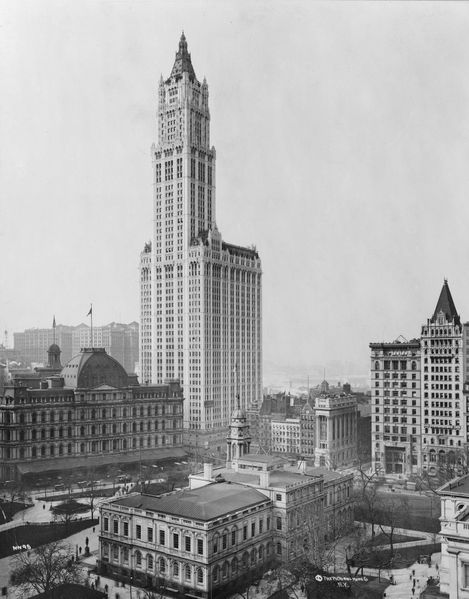Unit Summary 3: Exploration
During the Exploration section of our history class we have constantly been introduced to the idea of a need to look ahead in design, while still remembering the past. While Examining the Exploration section, a period spanning from roughly 1850 to the present, we see the consent search for what design truly is continued. With the new technological advance of the twentieth century coupled by the spread of such advances through World Design Fairs, the sky was the limit for design. As a result, many definition of what "good design" is arose.
 |
| Arts and Crafts Staircase |
|
One such design movement that arose during this period was the Arts and Crafts ( 1860-1920). The Arts and Crafts movement was, like most movements, a direct counter response to the machine.In fact, the Arts and Crafts, proposed that design look back at how the Gothic architecture was a "good design" because it was handmade (Roth, p 493). Classic exteriors of an Arts and Crafts home would be simple in design. Interiors would be splashed with wooden molding, wooden built-in, and even wooden floors ( Roth, 493). Because each piece is made by hand the time and cost are considerably greatly then machine made goods and were not affordable to a large consumer base. Thus, continuing the search for what is "good design"?
 |
| Casa Batllo, Barcelona. |
In 1910 , Art Nouveau began to rise in Europe. The design of Art Nouveau continued to emphasize the importance of hand made design. However, in contrast to the Arts and crafts movement, Art Nouveau was very elaborate in surface detail.The design or form began to out way the function- thus coupled with the higher cost of hand made work , Art Nouveau too fell to the machine.Another art influence movement known as Art deco was introduced to architecture around the 1920s. Art Deco, similar to the Gothic Style, was interested in the experimentation of light. In fact, design history professor at UNCG, Dr. Patrick lee Lucas hypothesized that it is this consideration of interior light during the Art Deco movement that began to emphasize the important of the interior design- thus, creating the need for the decorator!
 |
| Woolworth Building,, NY, NY |
Modernism, arguably lasting from 1914 to the present, was birthed on the idea of architecture directly expressing the character of the time ( Roth, 519). It was settled, the twentieth century was to be known as the " Era of the Machine". Throughout the evolution of Modernism, the function and the form have competed on order of importance. For example, during the early phase on Modernism, the design of a building was built based on a very utilitarian point of view ( Roth, 521).
 |
| Guaranty Building, Buffalo. NY |
Later, the renewed emphasis on the form leads to whats known as Sculptural Modernism ( Roth, 574). During Sculptural Modernism were begin to hear the architecture communicate once more. Architecture take on meaning and attempts to convey such meaning to it viewers. With the emergence of numerous design movements it is still unclear as to what good design should look like.
 |
| Lyon-Satolos Terminal, Lyon, France |
During the later part of the twentieth century we enter into what is known as the hi-tech, other wise known as the Technology Era ( Roth, 574). During this time we begin to see designers once again looking back at the past with their continues of the theatrical play of light in a seemingly performing manner. With an ever evolving society, it is no surprise that we continue to try to set are selves apart from our past. However, I have found through my iARC 221 History class that it is the past that we rely so dependently for guidance.
WORK CITED
- http://s1.hubimg.com/u/4497680_f520.jpg
- http://upload.wikimedia.org/wikipedia/commons/6/6b/CasaBatllo_0170.JPG
- http://www.nyc-architecture.com/SCC/View_of_Woolworth_Building_fixed.jpg
- http://www.historic-structures.com/ny/buffalo/images/116403pr.jpg
- http://i.images.cdn.fotopedia.com/flickr-3061610880-hd/Great_Architects_of_the_World/by_time_periods/21st_century/Santiago_Calatrava/Saint-Exupery-TGV_Station_Lyon.jpg
- Roth, Leland M., Understanding Architecture, 2nd ed., Westview Press 2007.





No comments:
Post a Comment